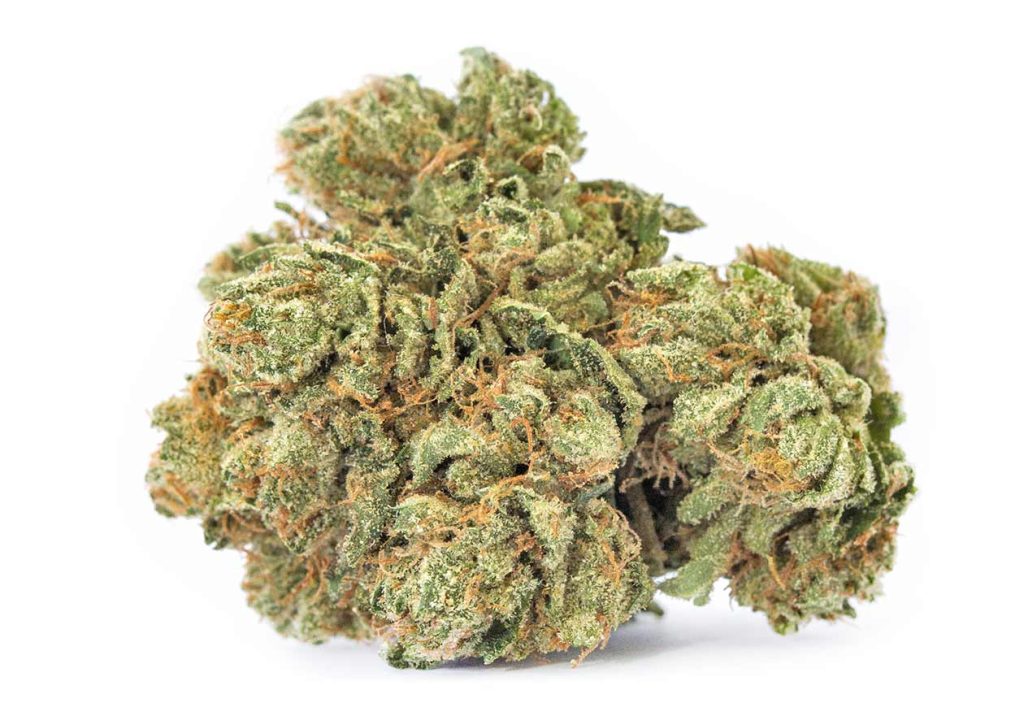In the present Indigenous groups, nativecigaretteshold a complex and multifaceted function that goes beyond their role as a tobacco product. While rooted in tradition, and adapting to modern contexts, these cigarettes are emblematic of both continuity in culture as well as economic change.
Historically, tobacco was an integral element the Indigenous ceremony and ceremonies, symbolizing sacred connection to the spiritual world. Native cigarettes, often handcrafted and made up of a mix of tobacco and other plants, are deeply embedded in this tradition. They continue to serve as an instrument for expression of culture and spiritual practice, bringing present-day Indigenous people with their ancestors.
However, the role of Native cigarettes has evolved significantly in the wake of commercialization and contemporary economic challenges that are faced by Indigenous communities. Today, the production and sales of Native cigarettes offer significant economic benefits, creating jobs and earning income for many communities. This aspect of the economy is crucial particularly in areas where traditional lifestyles have been impacted by broader socio-economic changes.
The dual nature of Native cigarettes–both as a historical artifact and also a product for sale in defining modern Indigenous identity. They’re a symbol of resilient, which reflects the ability of Indigenous people to adapt traditional practices to the current environment. But, this change can also be a cause for concern regarding the health impacts associated with smoking and the balance between culture preservation and modern health considerations.
When navigating these issues in this complex world, many Indigenous communities seek to maintain the cultural significance of tobacco as well as address health issues. In the effort to incorporate traditional knowledge alongside modern practices for health are crucial, as they ensure that the cultural integrity of Native cigarettes is preserved while promoting healthier lifestyles.
In summary, nativecigarettes occupy a distinct place in the modern Indigenous identity. They bridge tradition and economic necessity, expressing both cultural heritage and contemporary changes. Understanding their function requires an in-depth understanding of their historical significance and current socio-economic impacts, reflecting the continuous development of Indigenous cultural practices.



